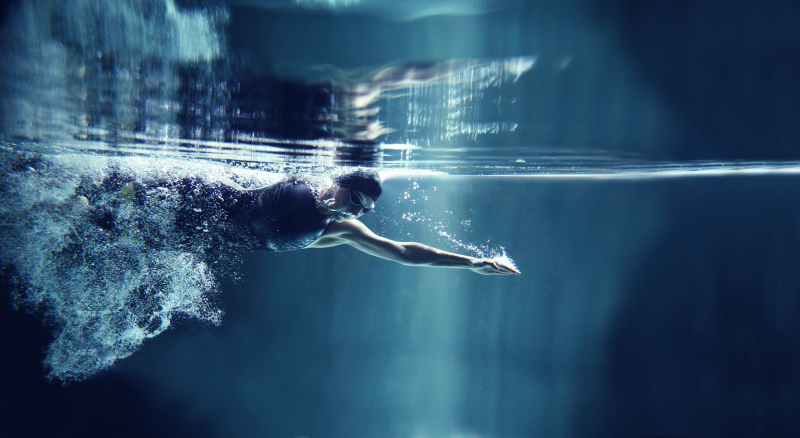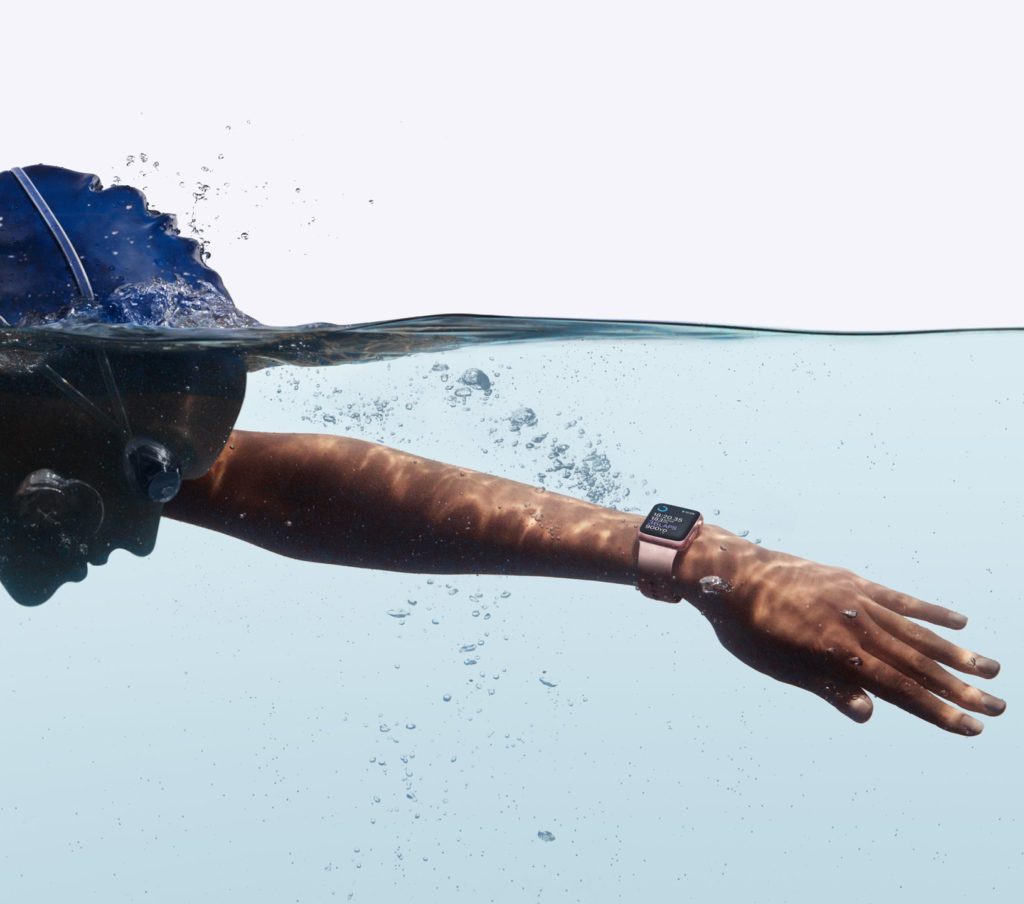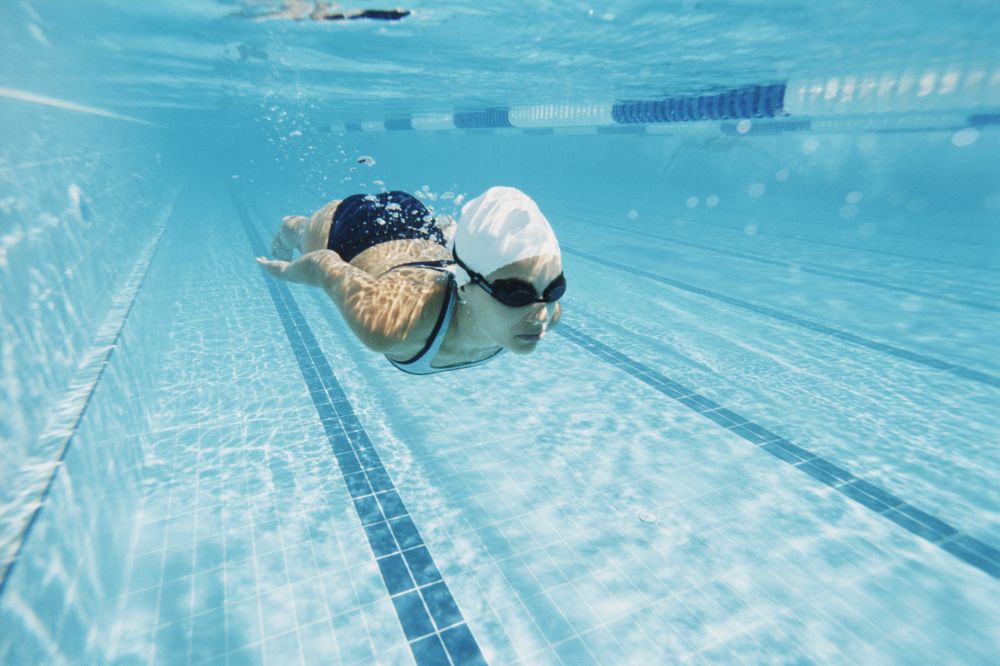Why runners should add swimming to their cross-training schedules
Consider hopping in the pool for some fitness gains


A full-body workout
Something that running doesn’t offer is full-body exercise. Running is great for your heart and lungs and you’ll develop some muscles in your legs, but swimming works your arms, shoulders, back, core and legs all at once (as well as being a great cardio workout).
The full-body nature of swimming means you can still hit the pool, even if you’re injured. If you have a shoulder injury, you can grab a flutter board and do a kick workout. If you’re dealing with a leg issue, you can toss a pull buoy (a foam flotation device) between your legs and only use your upper body. Plus, since swimming is so low-impact, you’re much less likely to get hurt than you are when you’re running, which is much harder on your body.
What strokes to use
You can choose from four strokes: front crawl (also known as freestyle), backstroke, breaststroke and butterfly. Front crawl is probably how you learned to swim, with your face in the water, your feet flutter-kicking behind you and your arms pulling the water from above your head down to your hips. Backstroke is another classic that will be familiar to anyone who knows how to swim, and it’s a similar motion to front crawl (but on your back). Breaststroke puts you on your front again, but instead of flutter-kicking, you’ll kick like a frog while your arms scoop the water in front of you.

Those three strokes are the best options when you first enter the pool. Then, there’s the butterfly, which is a difficult to perform as a newcomer to the sport. This is the stroke that you’ve probably seen Michael Phelps swim at the Olympics; it involves a dolphin kick (both feet kicking in unison, as if they are one unit, like a dolphin’s tail) that propels your upper body out of the water so you can complete the stroke with your arms. The butterfly is fun to try, but even if you get the technique down, it’s unlikely you’ll be able to swim more than a couple of lengths of the pool before feeling gassed.
Finally, in addition to all of those strokes, you can grab a flutter board and simply kick your way across the pool. This is, of course, not going to work your full body like the other strokes, but it is still useful for cardio fitness.
Try a workout
Now that you’re ready and excited to get to the pool, you need a workout. Here’s a very basic one to try out. Use any or all of the strokes listed above.
Warmup:
200m of light swimming
100m kicking
Set:


